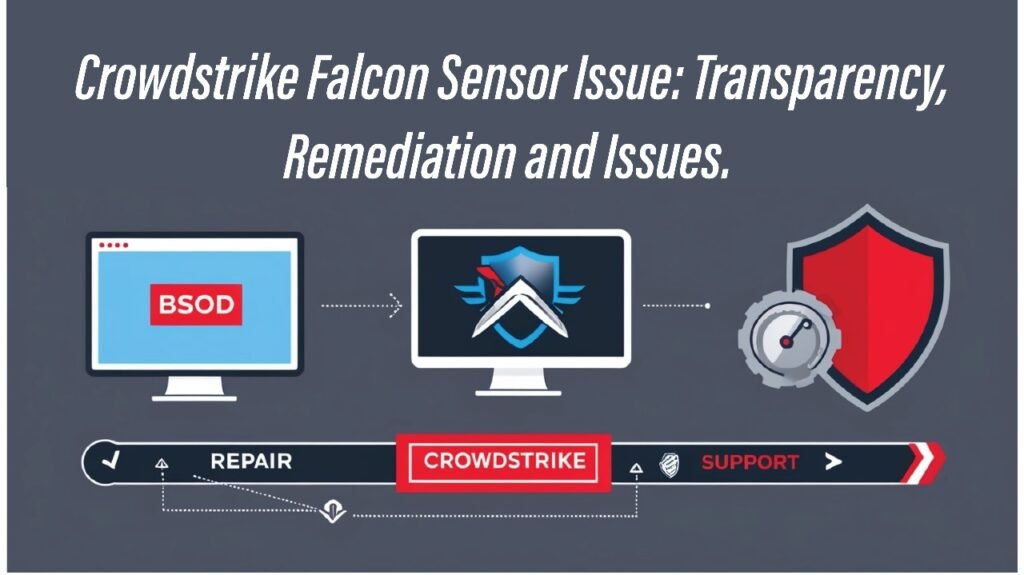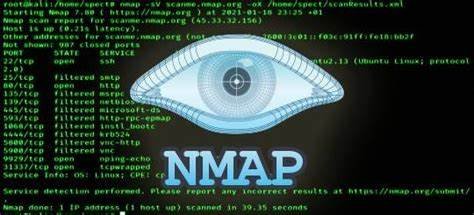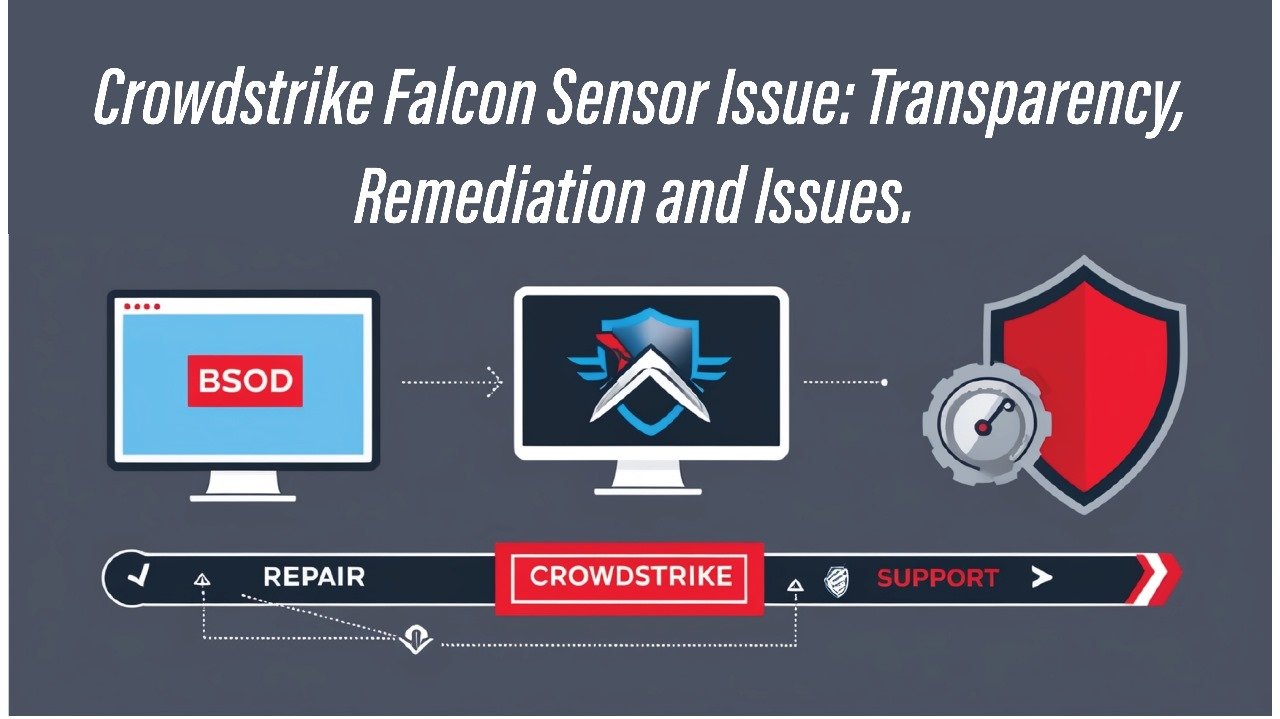Blue Screen Of Death (BSOD) – CrowdStrike
Admin
July 24, 2024
Synopsis
The recent CrowdStrike issue was caused by a logic error in a content update to its Falcon sensor for Windows. Released on July 19, 2024, this update aimed to enhance protection mechanisms but inadvertently triggered system crashes and blue screens of death (BSOD) on affected systems. The problematic update, identified as Channel File 291, was meant to address new malicious activities involving named pipes. However, a flaw in the update’s logic led to severe disruptions for millions of devices globally (Wikipedia) (CrowdStrike).

“CrowdStrike has corrected the logic error by updating the content in Channel File 291. No additional changes to Channel File 291 beyond the updated logic will be deployed. Falcon is still evaluating and protecting against the abuse of named pipes”
George Kurtz, CEO of CrowdStrike
Background
CrowdStrike’s Falcon platform is renowned for its robust security features, which include regular content updates to combat evolving cyber threats. On July 19, 2024, an update aimed at bolstering protection against malicious activities inadvertently caused a logic error, triggering system crashes. This issue primarily affected Windows systems running the Falcon sensor and required urgent attention to mitigate the impact.
A content update, intended to enhance security, inadvertently led to system crashes and blue screens of death (BSOD). Despite the swift identification and correction of the problem, the incident required widespread manual remediation and highlighted the need for improved update mechanisms.
issues
- Faulty Content Update: A logic error in Channel File 291 caused system crashes and BSOD on Windows systems.
- Impact Scope: Millions of devices globally were affected, causing significant disruptions in operations.
- Manual Remediation: Fixing the issue required local intervention on each impacted machine, posing a logistical challenge.
- Malicious Exploitation: eCrime actors exploited the situation by distributing harmful files via typosquatting domains.
- Customer Concerns: The incident led to widespread concern among customers, emphasizing the need for improved communication and support (Wikipedia) (CrowdStrike) (CrowdStrike).
Remediations
- Enhanced Validation Checks: Implementation of more rigorous checks to prevent problematic updates from being deployed.
- Improved Error Handling: Strengthening error handling mechanisms within the content interpreter.
- Staggered Deployment Strategy: Gradual rollout of updates to larger portions of the sensor base to minimize risks.
- Customer Control: Providing customers with greater control over update deployment timing and locations.
- Detailed Release Notes: Offering comprehensive release notes to keep customers informed about updates.
- Increased Monitoring: Enhanced monitoring of sensor and system performance during update deployments.
- Ongoing Root Cause Analysis: Commitment to a thorough investigation and transparency regarding findings and future preventive measures (CrowdStrike) (CrowdStrike).
Conclusion
CrowdStrike has taken substantial steps to address the recent Falcon sensor issue, ensuring robust measures are in place to prevent future occurrences. The company’s swift response and commitment to transparency highlight its dedication to customer trust and security. If you have any concerns or need assistance, CrowdStrike’s support teams are readily available to provide guidance and support.
For continuous updates and detailed information, please visit CrowdStrike’s Support Portal


